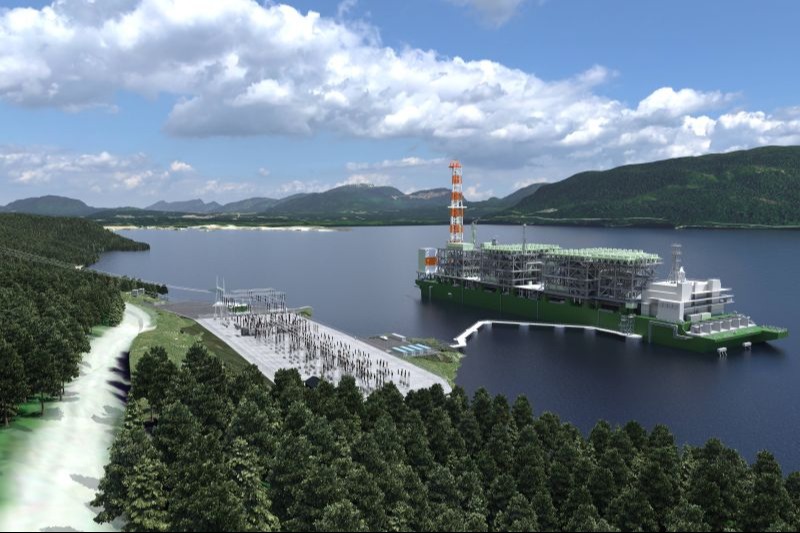Copyright offshore-energy

Canada’s Pembina Pipeline Corporation has signed a long-term deal with Malaysia’s state-owned energy giant PETRONAS for liquefaction capacity at a liquefied natural gas (LNG) plant that the former is developing in Kitimat, Canada. As disclosed, the 20-year agreement is a synthetic liquefaction service structure for 1 million tonnes per annum (mtpa) of Pembina’s liquefaction capacity at the Cedar LNG facility. Pembina will provide transportation and liquefaction capacity to the Malaysian player under the terms of the deal. On one hand, the deal enables PETRONAS to access an additional natural gas export outlet for what it says is a sizeable Canadian upstream investment, while on the other, Pembina gets a stable long-term, take-or-pay revenue stream and the potential for value enhancement. The partners say the deal demonstrates their shared commitment to realizing the long-term potential of Canadian LNG, supporting energy security, and advancing the transition to cleaner fuels in Asia. “This agreement further validates Cedar LNG and highlights the strong demand for global export capacity given the clear advantages of Canadian West Coast LNG, including competitively priced feedstock and advantaged shipping distances to Asian markets,” said Stu Taylor, Pembina’s Senior Vice President & Corporate Development Officer. “It also demonstrates Pembina’s commitment to delivering growth and executing our strategy within the company’s financial guardrails.” Approved in June 2024, Cedar LNG entails the construction, commissioning, and operation of a new Indigenous majority-owned floating liquefied natural gas (FLNG) processing facility and marine export terminal in Kitimat. It is a partnership between Pembina and the Haisla Nation. “This arrangement improves supply diversity and enhances reliability of supply for customers, while reinforcing our steadfast commitment to deliver reliable, lower-carbon energy solutions to meet Asia’s growing energy needs,” said Shamsairi M Ibrahim, Vice President of LNG Marketing and Trading, PETRONAS Gas and Maritime Business. The project’s location is seen as one of the shortest shipping routes to key Asian markets, with the Douglas Channel leading to and from the site, offering an established shipping route and deepwater marine inlet with year-round ice-free conditions. While the project was initially envisioned to have a liquefaction capacity of 400 million cubic feet a day, the developer filed an application in September to increase this to 500 million cubic feet a day. This represents an increase in LNG production from approximately 3 mtpa to 3.75 mtpa. Pembina previously signed a 20-year take-or-pay liquefaction tolling service agreement for 1.5 mtpa of LNG to support the final investment decision (FID) on Cedar LNG in June 2024, with the expectation of remarketing the capacity at a later stage. This agreement is a first step in the remarketing efforts. The company expects to reach definitive agreements for the remaining 0.5 mtpa of capacity by the end of 2025. The project is said to be on time and on budget, and is expected to enter service in late 2028.



